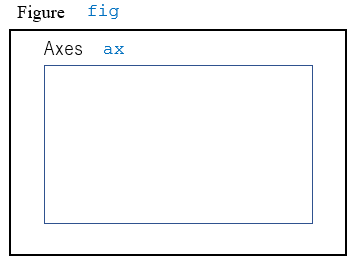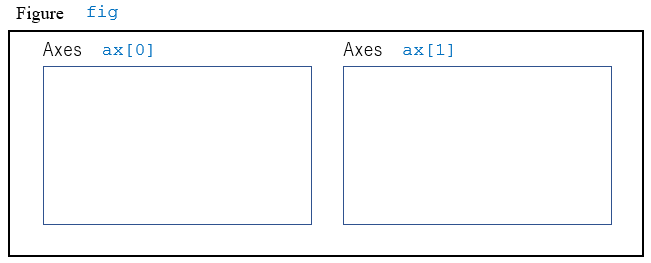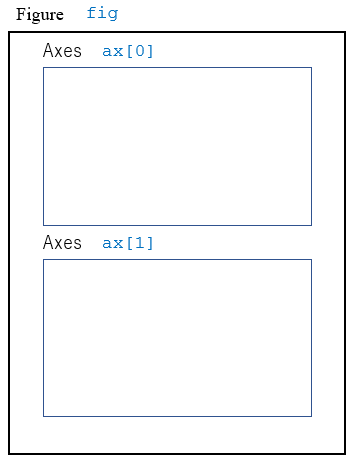Chapter 1: Understanding the Coordinate System (Axes Object)¶
1-1: When ax is one coordinate system¶
If rows == 1 and cols == 1 in the function call of plt.subplots(), one coordinate system (Axes object) is returned to ax, so drawing commands are issued for this ax.
fig, ax = plt.subplots(1, 1, ...)

Finally, plt.show() draws it inline in the jupyter notebook page.


